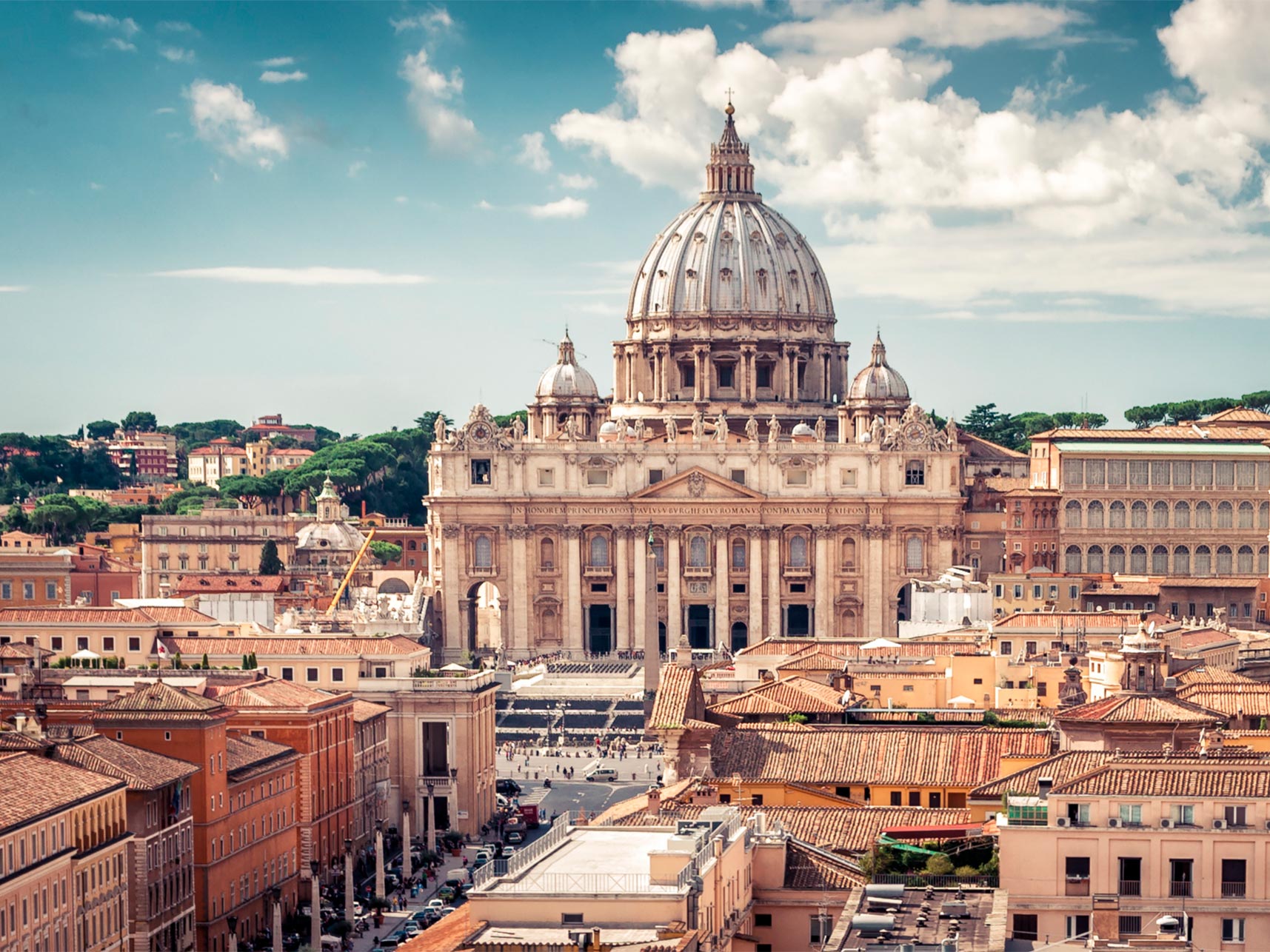Rom ist eine der schönsten Städte der Welt. Sie verfügt über eine immense künstlerische, kulturelle, historische und monumentale und das historische Zentrum hat 25.000 Punkte von archäologischem Interesse. Rund um das Zentrum von Rom anerkannt, ein Weltkulturerbe der Unesco seit 1980.
Selbst diejenigen, die in Rom leben, sagt es unmöglich ist, es zu wissen alle: Die Römer in der Tat sagen, dass ein Leben nicht ausreicht, die ganze Stadt zu besuchen. Jede Straße, jede Ecke, jeder Teil der Fläche zwischen den Wänden der Tat einzigartig, wertvoll, mit einer Geschichte zu erzählen. Imperium Suite Navona ist daher die beste Wahl für diejenigen, die so viel wie möglich nach Rom zu finden wollen und wen er das Beste aus seiner Atmosphäre genießen: im historischen Zentrum liegt in unmittelbarer Nähe zu den wichtigsten Sehenswürdigkeiten und den wichtigsten und charakteristischsten der Ewigen Stadt.
